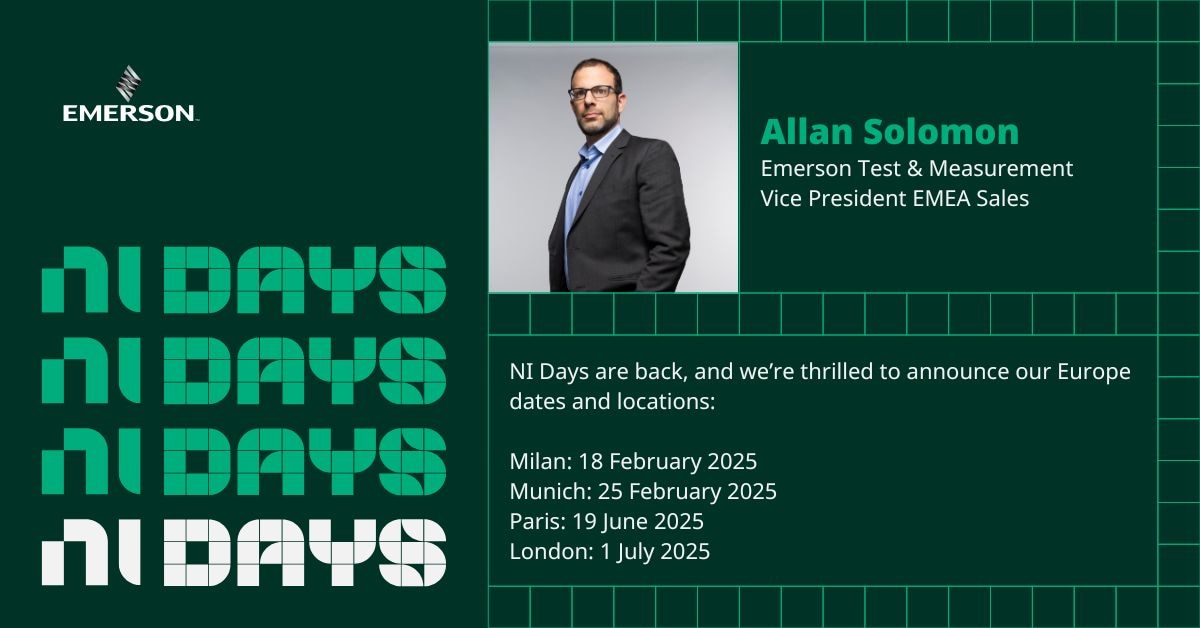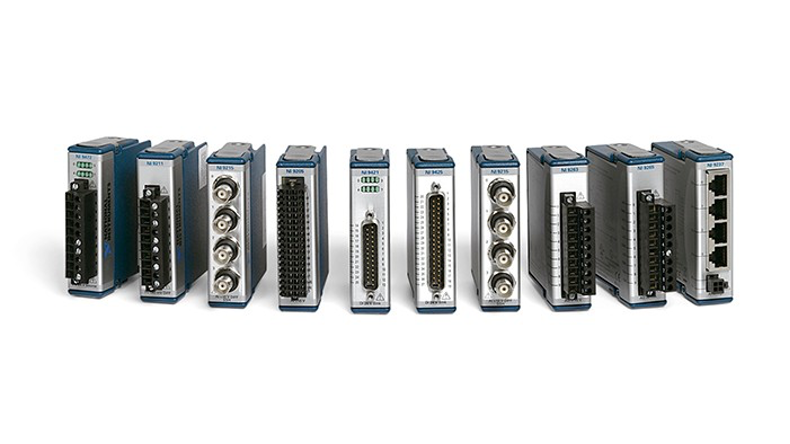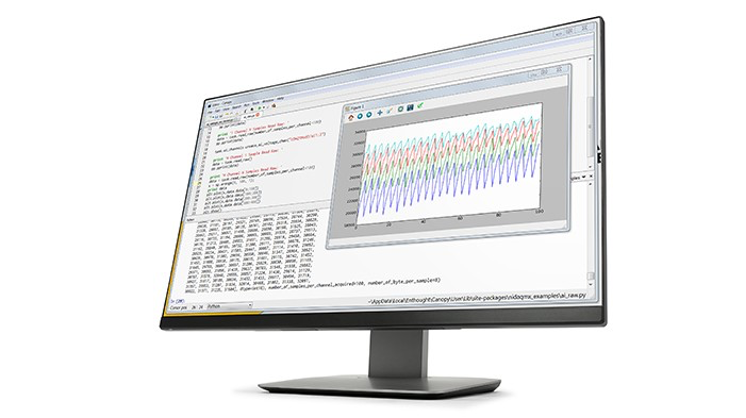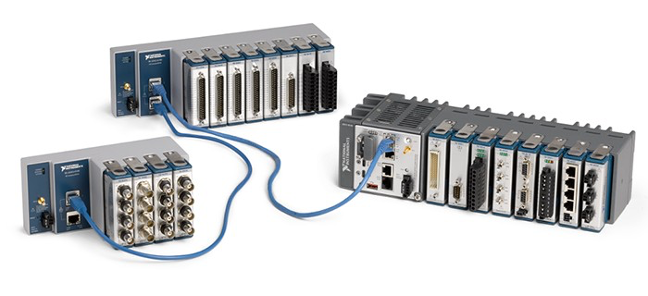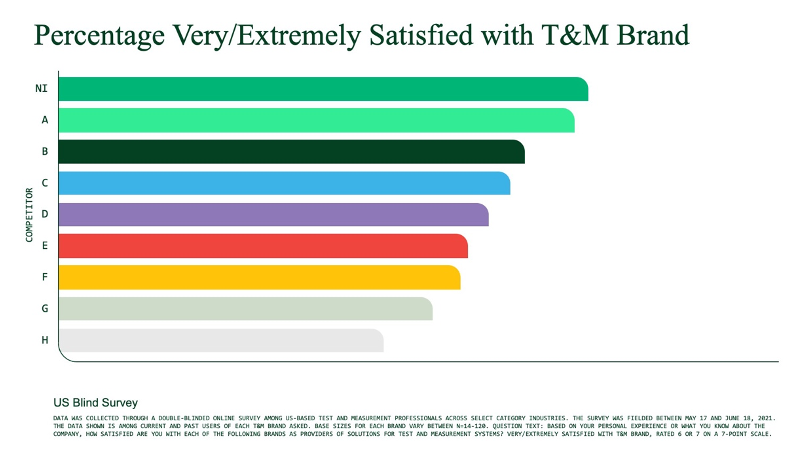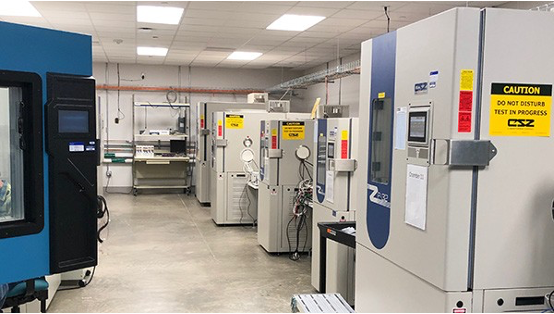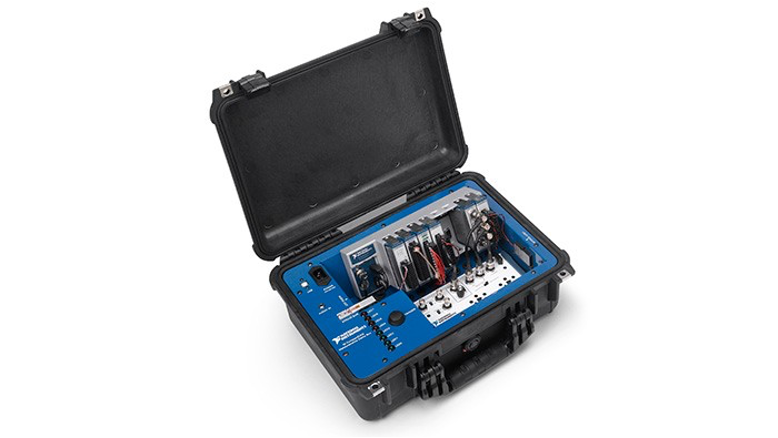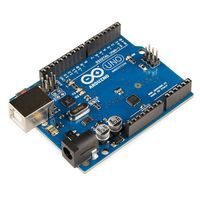Be among the first to explore LabVIEW in a fully hosted sandbox pilot.
Join a free, expert-led session and get 3 days of hands-on access, including our new NI Nigel AI Advisor.
Your experience begins with a live, 90-minute session led by a seasoned test expert with over 25 years of experience.
You’ll dive into interactive demos, hands-on exercises, and get real-time answers to your questions—ensuring you leave with practical skills you can apply immediately.
Spots are limited - reserve yours now!


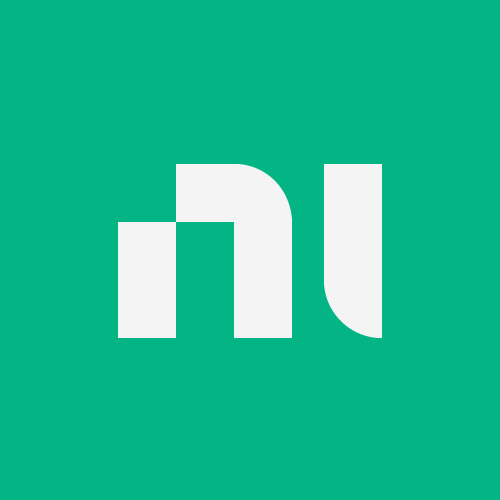

.png-100x100x2.png?sv=2016-05-31&sr=b&sig=cJJY2fqFrR6sdt0lZdPMspS5E5NaIVbJuiY3HTzQOOs%3D&se=2025-12-02T23%3A59%3A59Z&sp=r&_=BC8d0lyGsL9KXcvQ8ivyJg==)



